Food Chain Worksheet 1A
Are you a science teacher or homeschooling parent looking for a comprehensive and engaging worksheet to help students grasp the concept of food chains? Look no further! Introducing Food Chain Worksheet 1A, a valuable resource that will captivate and educate young minds about the intricate relationships between organisms in an ecosystem.
Table of Images 👆
More Food Worksheets
Printable Worksheets for French FoodDaily Food Intake Worksheet
5 Food Groups Worksheet
Food Production Worksheet Template
What is a food chain?
A food chain is a linear representation of how energy and nutrients flow through an ecosystem, showing the transfer of food from one organism to another. It typically starts with a primary producer, such as plants, that are eaten by herbivores, which in turn are consumed by carnivores and so on. This sequential relationship helps to illustrate the interconnectedness of organisms within an ecosystem and their dependence on each other for survival.
What are producers in a food chain?
Producers in a food chain are organisms that can create their own food through photosynthesis or chemosynthesis. They are typically plants or algae that convert sunlight, water, and carbon dioxide into energy-rich carbohydrates, which provide the foundation of energy for all other organisms in the food chain.
What are consumers in a food chain?
Consumers in a food chain are organisms that obtain their energy and nutrients by feeding on other living organisms. They are typically divided into primary consumers, which feed directly on producers, and secondary consumers, which feed on primary consumers. Consumers play a crucial role in maintaining the balance of ecosystems by regulating populations of other organisms and transferring energy through the food chain.
What is a primary consumer and give an example?
A primary consumer is an organism that feeds directly on producers, usually plants or algae. An example of a primary consumer is a rabbit that eats grass.
What is a secondary consumer and give an example?
A secondary consumer is an organism that feeds on primary consumers. An example of a secondary consumer is a carnivorous animal like a snake that preys on herbivores such as rodents or insects.
What is a tertiary consumer and give an example?
A tertiary consumer is an organism that feeds on secondary consumers in a food chain. An example of a tertiary consumer is a bald eagle, which preys on smaller animals like fish that feed on primary consumers like algae.
What are decomposers in a food chain and give an example?
Decomposers in a food chain are organisms that break down dead plants and animals into simpler substances, returning nutrients to the soil. They play a crucial role in recycling nutrients and maintaining the balance of ecosystems. An example of a decomposer is the fungus species like mushrooms, which break down organic matter through the process of decomposition.
How does energy flow in a food chain?
Energy flows in a food chain in a unidirectional manner, starting with the producers such as plants that convert sunlight into energy through photosynthesis. Herbivores then consume these producers, transferring the energy up the food chain to primary consumers, followed by secondary and tertiary consumers. As organisms consume one another, energy is transferred and utilized for growth, metabolism, and other biological processes. However, energy is also lost at each trophic level due to heat loss, respiration, and feces production, resulting in a decrease in available energy as you move up the food chain.
What happens if one organism is removed from a food chain?
If one organism is removed from a food chain, it can have ripple effects throughout the ecosystem. This can lead to imbalances in population sizes, loss of biodiversity, disruption of energy flow, and potential collapse of the food chain. For example, the removal of a predator can result in an overpopulation of its prey, leading to a decrease in vegetation due to herbivory. Ultimately, the impact of removing a single organism can be far-reaching and have significant consequences on the overall health and stability of the ecosystem.
How can food chains be interconnected?
Food chains can be interconnected through the relationships between different organisms in an ecosystem. For example, a plant is eaten by an insect, which is then consumed by a bird, which in turn is hunted by a larger predator. These connections create a network of energy transfer and consumption, where each organism plays a role in sustaining the overall balance of the ecosystem. Interconnected food chains highlight the interdependence of different species and show how changes in one part of the chain can have ripple effects throughout the entire ecosystem.
Have something to share?
Who is Worksheeto?
At Worksheeto, we are committed to delivering an extensive and varied portfolio of superior quality worksheets, designed to address the educational demands of students, educators, and parents.

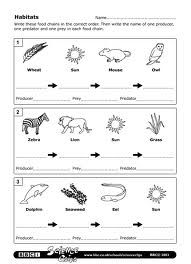



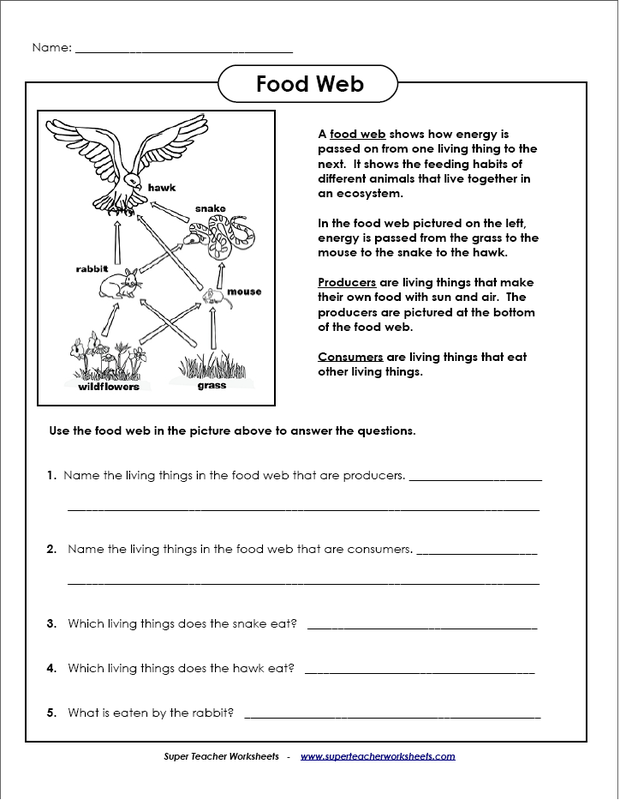
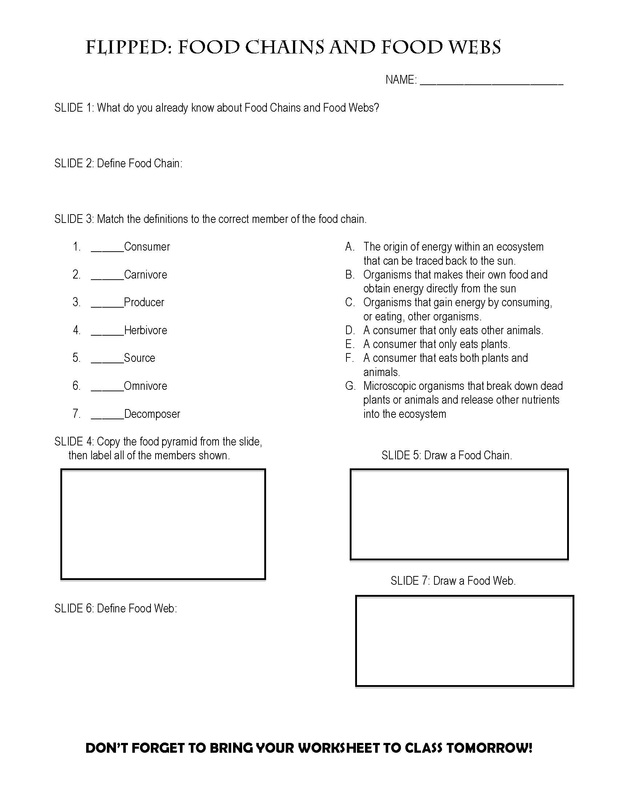
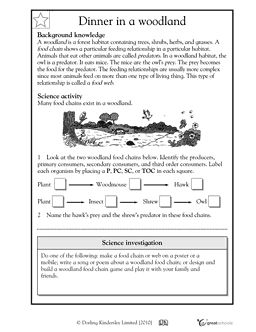
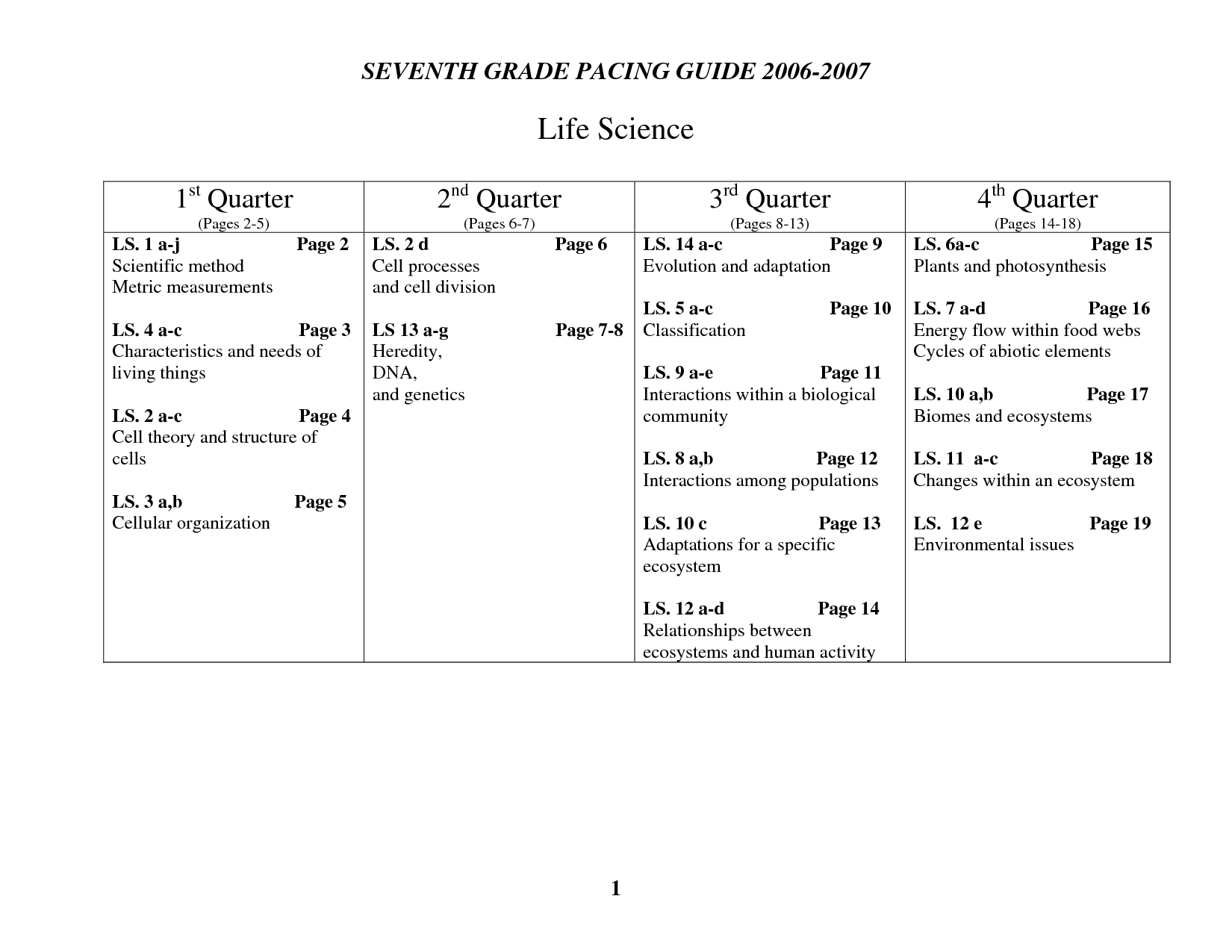
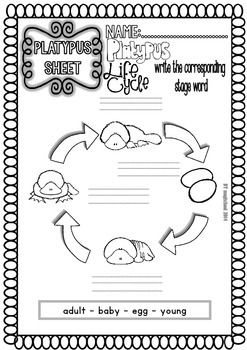
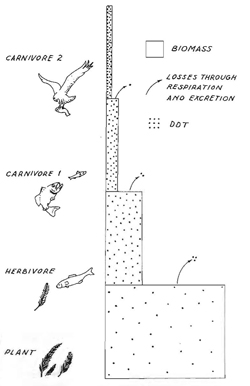
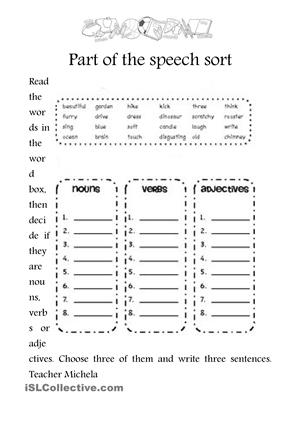









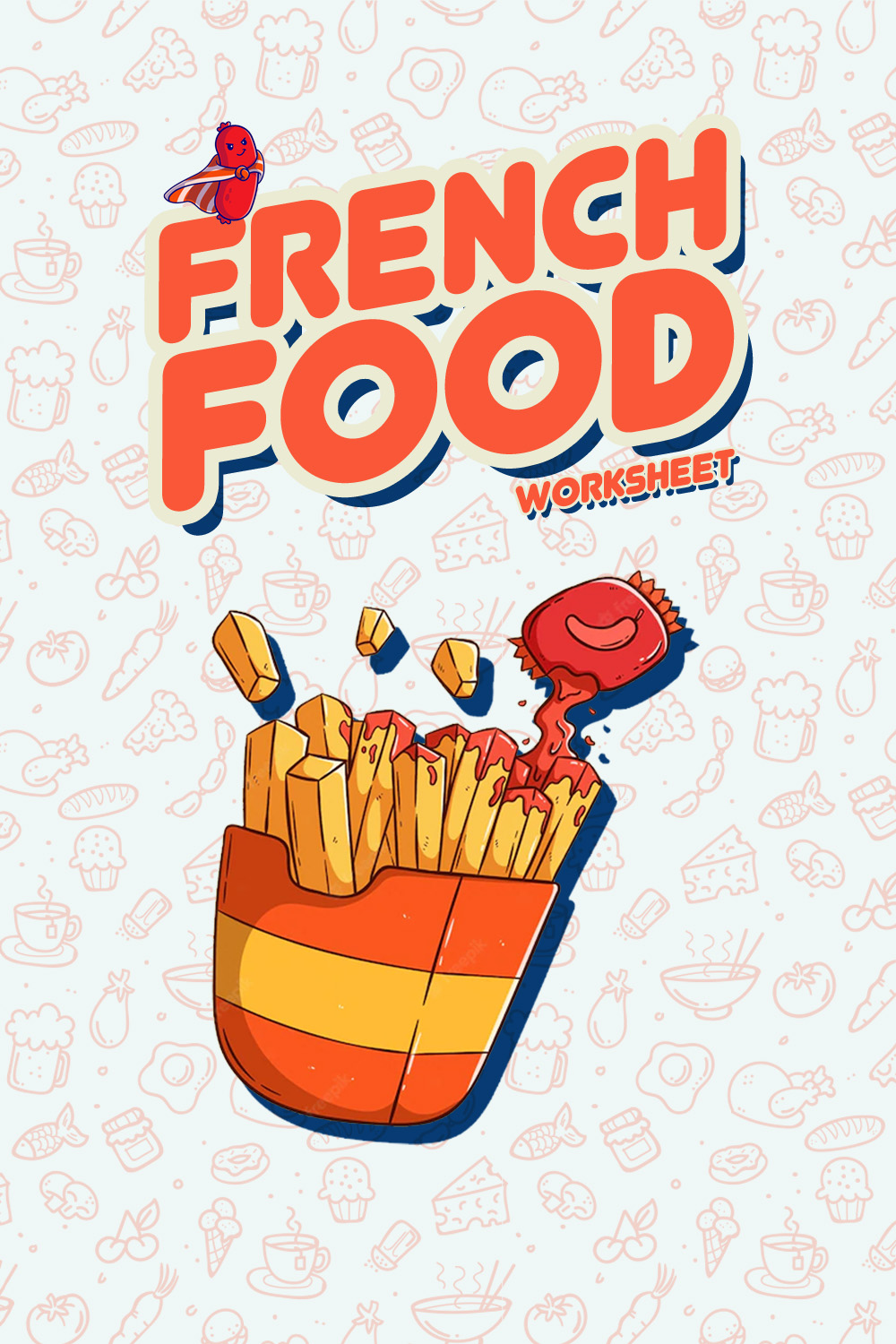
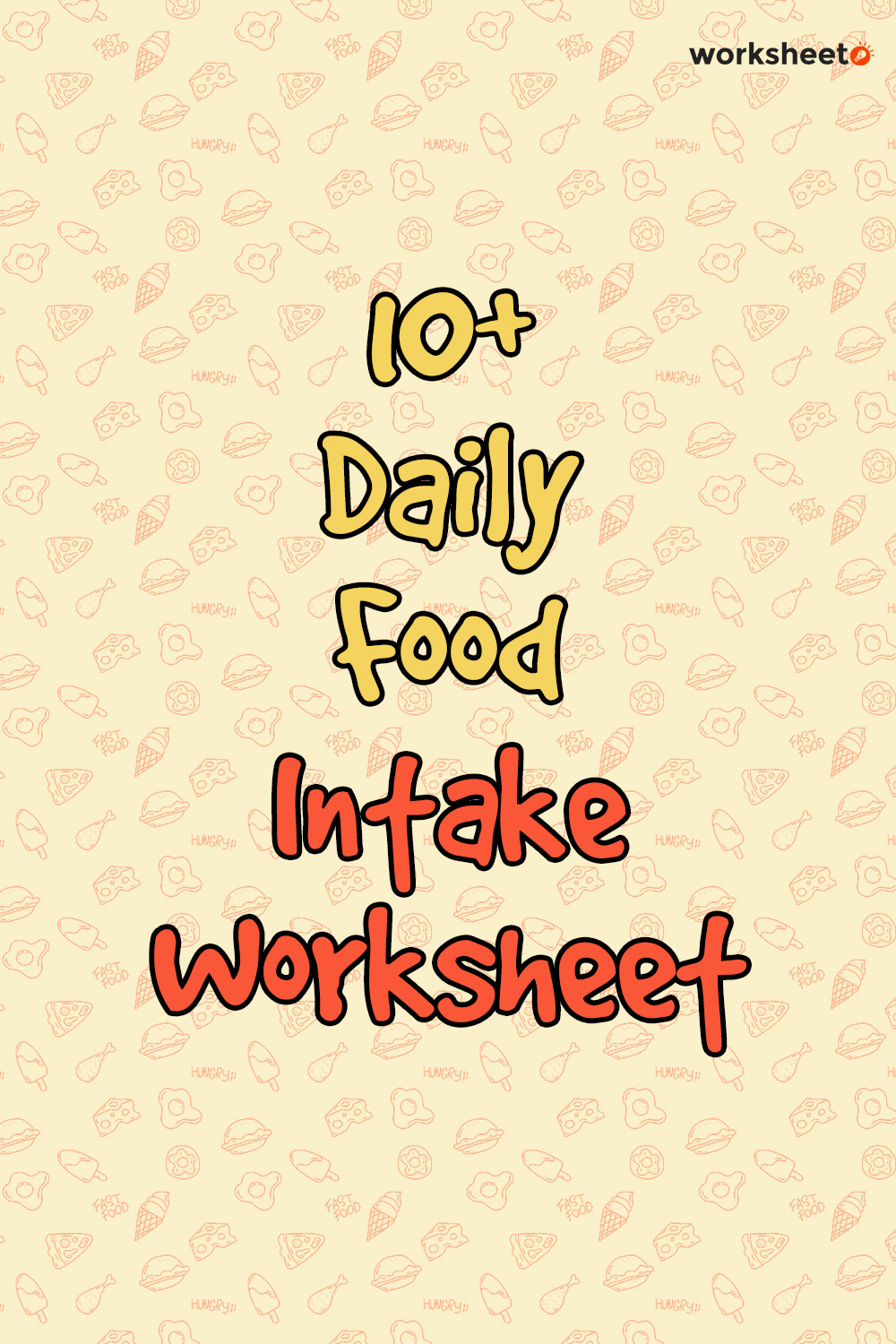
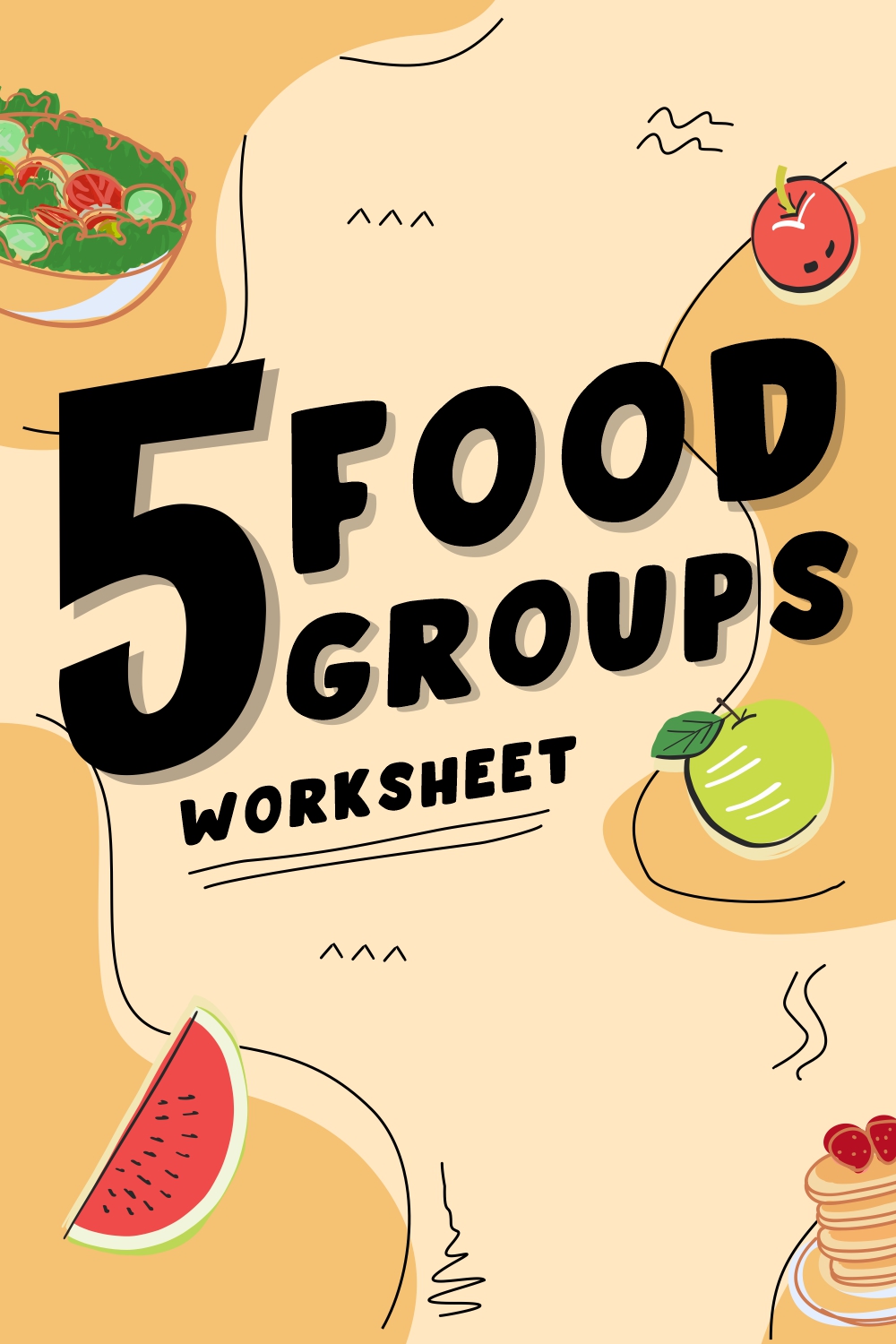
Comments